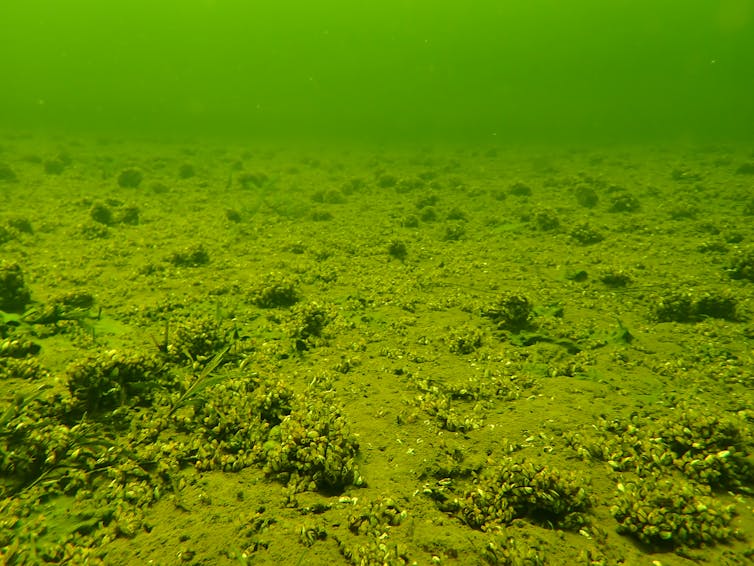“Exposure to these materials can cause issues for human health.”
By Korin Miller

When you're on the go, it’s pretty convenient to grab a packaged snack. But new research finds that a slew of chemicals from that the wrappings can wind up in your body.
The study, which was published in the Journal of Exposure Science & Environmental Epidemiology, discovered that thousands of chemicals from food packaging can leach into the items themselves.
That doesn't sound great—and it's not. But how concerned about this should you be? A toxicologist explains.
Meet the expert: Jamie Alan, PhD, an associate professor of pharmacology and toxicology at Michigan State University.
What did the study find?
For the study, researchers looked at 14,000 chemicals that come into contact with food during the packaging process and compared that to worldwide databases on human exposure to potential chemical toxins.
From there, the researchers analyzed biomonitoring databases that look for the presence of chemicals in blood, pee, breast milk, and tissue samples, among other things. They also looked at large health and nutrition databases and compared their information.
The researchers found 25 percent of the known food contact chemicals can be found in human bodies. That included 194 chemicals from human biomonitoring programs, including 80 that have hazardous properties the researchers labeled as being “of high concern.”
The findings “highlight opportunities for improving public health,” the researchers wrote in the study.
Which chemicals were found in the body?
There were a lot of different chemicals found in the body, but some of the biggest included bisphenol A (BPA), perfluoroalkyl and polyfluoroalkyl substances (PFAS), and phthalates.
Are the chemicals used in food packaging harmful to human health?
Some are worse than others. BPA, for example, is a known endocrine disruptor that’s been linked to behavioral disorders in kids, diabetes, heart disease, and cancer, among other things.
PFAs are also known hormone disruptors, while phthalates have been linked to everything from obesity to cancer.
But the science around this is evolving, meaning we're learning more about these chemicals with time, says Jamie Alan, PhD, an associate professor of pharmacology and toxicology at Michigan State University.
This content is imported from poll. You may be able to find the same content in another format, or you may be able to find more information, at their web site.
“In general, it is pretty well-accepted that exposure to these materials can cause issues for human health,” Alan says. “We also know that many people have been exposed to many of these compounds throughout their lifetime. What we don’t have a great handle on is how these materials cause health issues and we also don’t have a great idea of what level of exposure is concerning.”
Still, Alan says that the findings are “concerning, for sure.”
How can I avoid chemicals from food packaging?
It’s important to point out that chemicals are everywhere, making them tough to avoid. But when it comes to chemicals in food packaging, Alan says the best way to avoid them is to limit how much foods you eat that come from a package. That can mean buying loose produce at the grocery store or shopping at your local farmer’s market, if one exists near you.
Additionally, "glass food storage seems to be a bit safer" than plastic, Alan says. She also recommends not heating up food in plastic containers and using water filters on your tap whenever possible.
“Taking steps to minimize exposure is important,” Alan says. “Also, in general, our body is well equipped to handle expected levels of environmental insults.”
Still, Alan says, “we need more data.”














